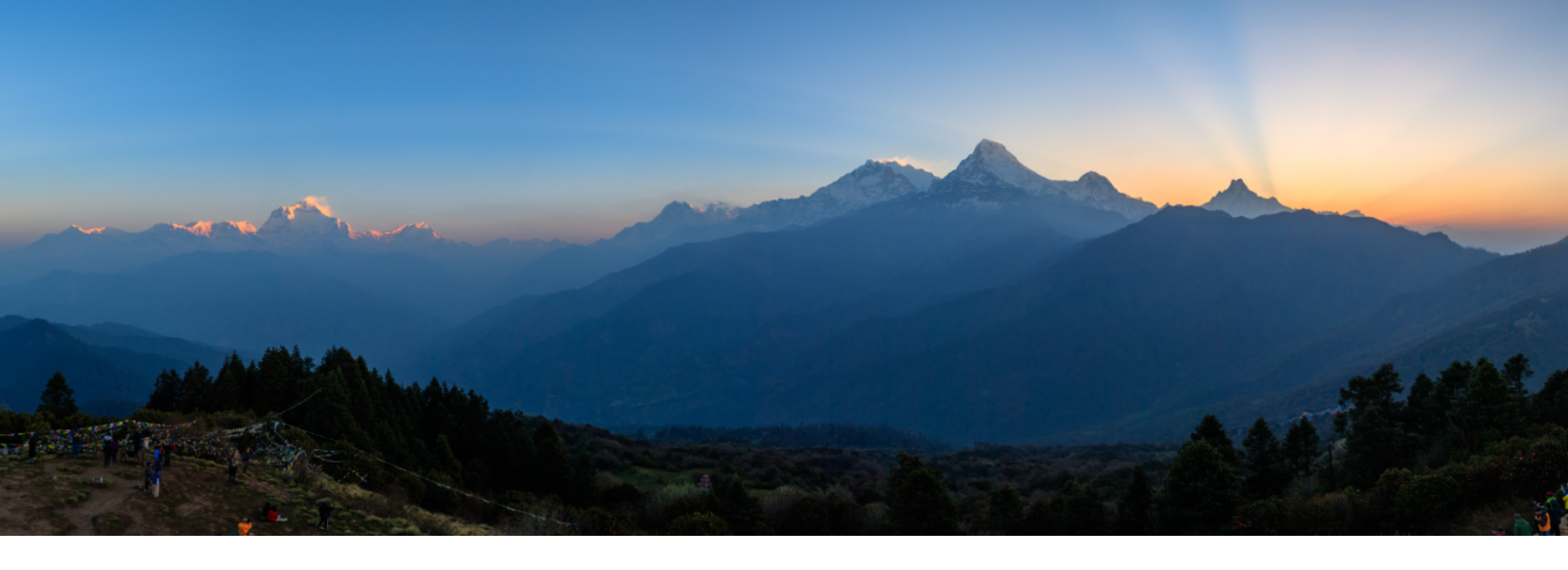About Dhampus Peak Climbing
Dhampus Peak Climbing is the famous peak climbing in the Annapurna region, which stands at an altitude of 6012m from sea level. This peak is also known as Thapa peak climbing, which is located northeast of the big Dhaulagiri massif. The peak climbing is ideal for those climbers who are seeking thrilling and adventure. It is perfect for those climbers who are mountain lovers. This peak climbing is an easier peak climbing in Nepal, but you must be physically fit and have climbing experience to summit this peak. It offers a trek on the off-the-beaten trail, which offers an all-encompassing perspective of more than 30 more than 6000m.
Along the way to Dhampus peak climbing, you will be amazed with mesmerizing views of mountains like Dhaulagiri, Annapurna I, II, III, and IV, south, Hiunchuli, Machhapuchhre, Nilgiri, Lamjung Himal, and other peak. It offers adventurous Himalayan trekking, scenic mountain views, and mixed culture with beautiful landscapes. On this peak climbing, you will get an opportunity to get into Gurung village with a terraced field encircled by views of the Dhaulagiri Mountain range. In this peak climbing, you will closely encounter jaw-dropping views of various mountains with beautiful natural scenery. It offers an exhilarating adventure with breathtaking views of the Himalayas.
Dhampus Peak Climbing offers an unforgettable experience through diverse landscapes, remote villages, and pristine natural beauty. It is one of the most popular peaks for climbing, and it is very close to the 7th highest mountain in the world, Mt. Dhaulagiri. During this peak climb, you will experience glorious memories lasting for a lifetime through this astonishing climb. This peak climbing is an adventure in itself, with natural beauty and cultural experience. To climb this peak, you need to obtain at least 3 trekking permits, TIMs, Annapurna conservation area permit, and climbing permits. Without a permit, you are not allowed to summit this peak.
Dhampus Peak Climbing difficulty
This peak climbing is considered a moderately challenging climb. It is an easier peak climbing in Nepal, but you must be physically fit and have climbing experience to summit this peak. This peak climbing is suitable for climbers with basic mountaineering experience and trekking at high altitude. The climbing does not involve many technical difficulties, but the climate and altitude can still serve as some challenges. Sometimes, while trekking at high altitude, trekkers suffer from altitude sickness. It is just because we are ascending too rapidly, which does not allow the body enough time to adjust to reduce oxygen and changes in air pressure. Altitude sickness can be life-threatening. So if you are suffering from altitude sickness, treks descend towards lower altitude as fast as you can.
Dhampus Peak Climbing Routes
To start, Dhampus Peak Climbing, firstly, we will take a flight or a drive towards Pokhara from Kathmandu. If we go on a flight, it is just 35 minutes. And by road, it is 7 to 8 hours of drive with beautiful natural scenery, mountains, and small cities. After reaching Pokhara, you can also explore this beautiful city, which is surrounded by a lake. From Pokhara, we will take a drive towards Marpha and spend the night here. From Marpha, our walking trekking starts. We will start our first walking trek towards Yak Kharka. On the way to Dhampus Peak, we will get an opportunity to enter the beautiful villages of the Annapurna Region. The Dhampus peak climbing starts from Marpha and ends with Jomsom. On the way to Dhampus Peak, you will pass through several cultural villages, rhododendron forest, and numerous numbers of stunning views of the Himalaya.
